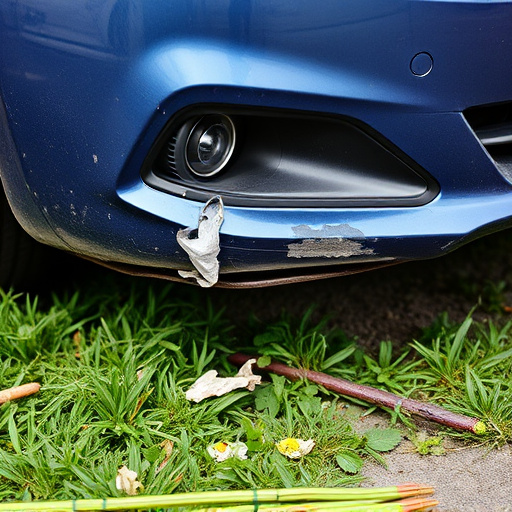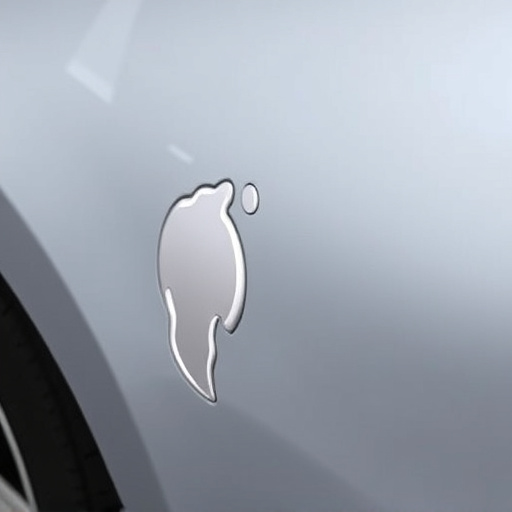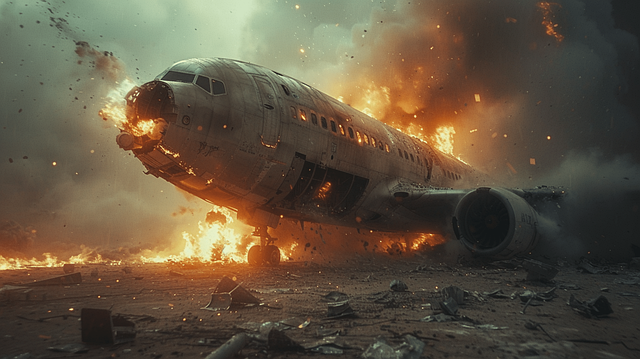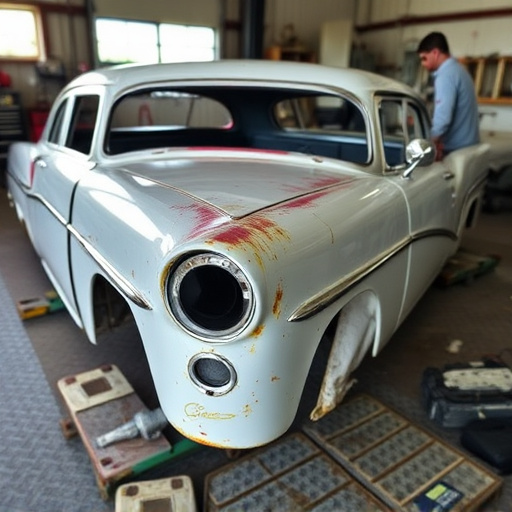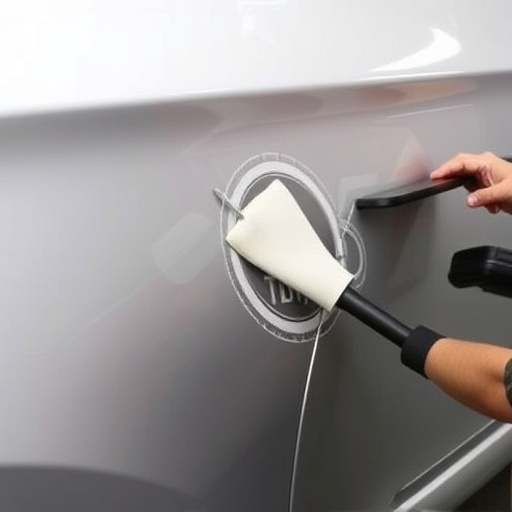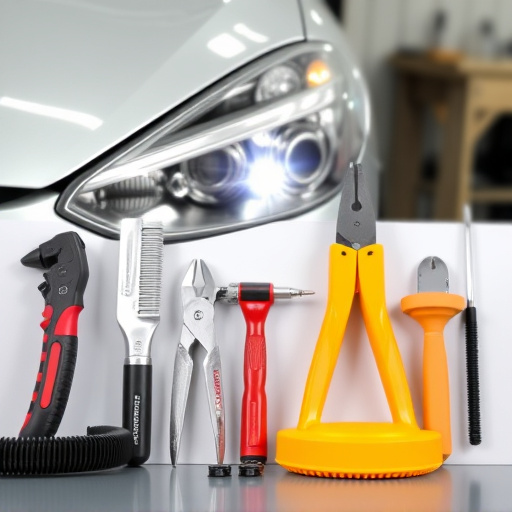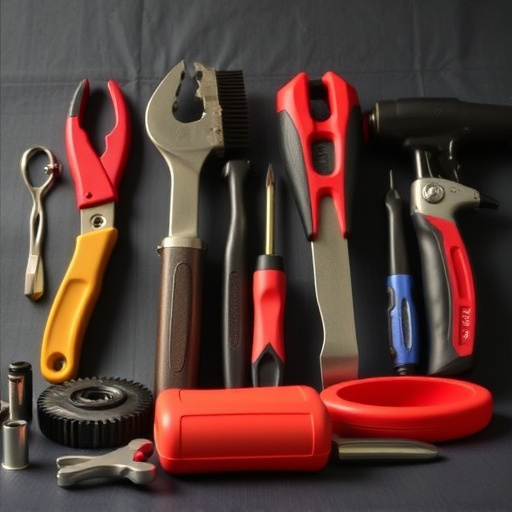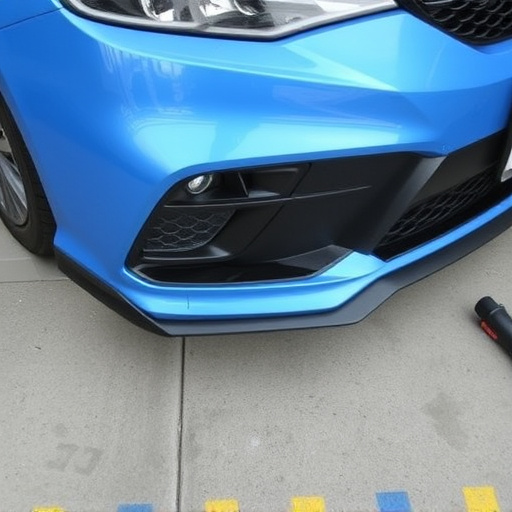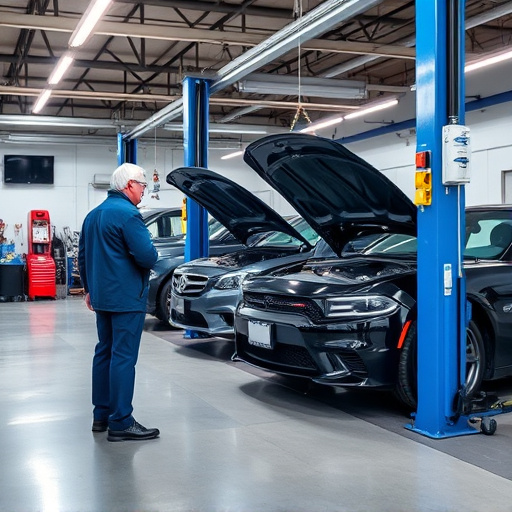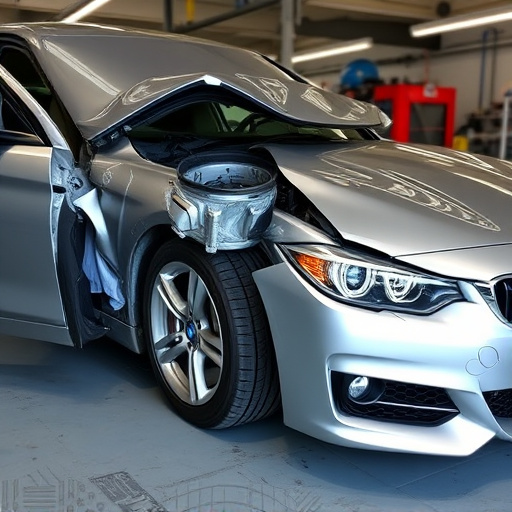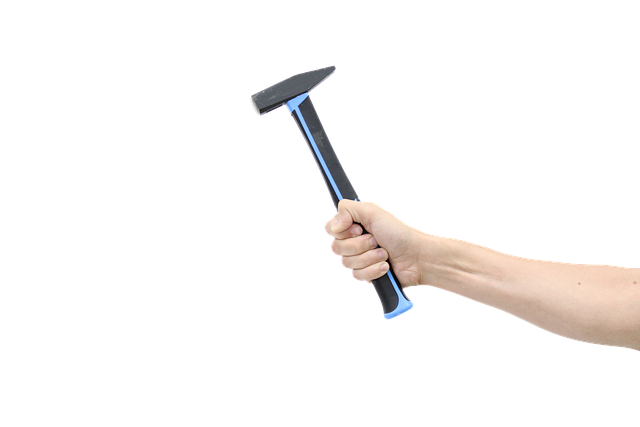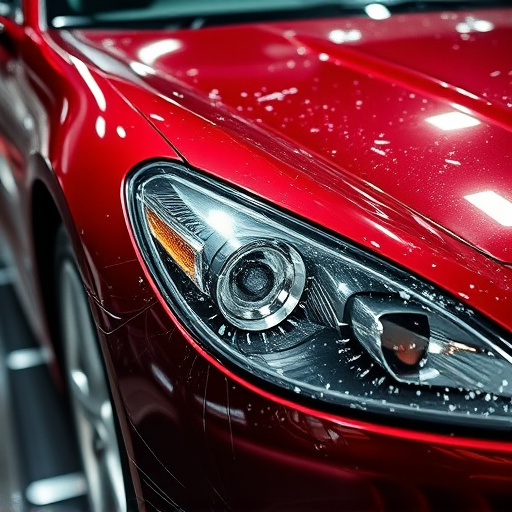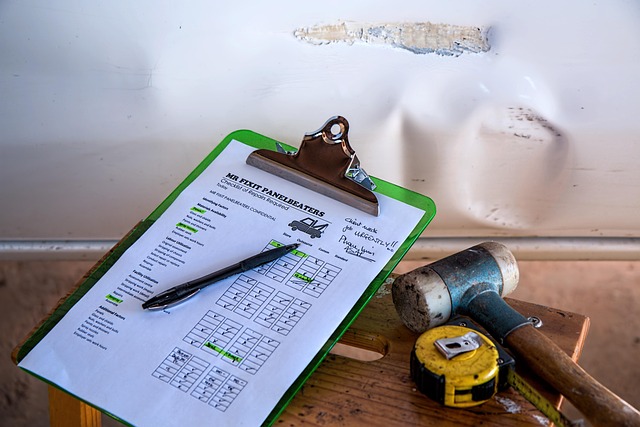A meticulous damage assessment is crucial for successful vehicle body repair. Skilled technicians inspect cars thoroughly, identifying all dents, cracks, and scratches using specialized tools. This initial stage guides a comprehensive repair strategy, ensuring efficient workflow, minimal downtime, and optimal restoration outcomes. It also informs the selection of repair techniques, materials, and cost estimates, empowering car owners with transparency throughout the process.
“Uncovering the Art of Vehicle Body Repair: A Comprehensive Guide
The process of effective vehicle body repair demands precision, skill, and a systematic approach. This guide breaks down the intricate steps involved in restoring your vehicle’s exterior to its former glory. From assessing damage and planning to the precise art of panel replacement and final inspection, we’ll navigate you through each phase. Discover how understanding the extent of the issue, gathering the right tools, and employing expert techniques ensures a flawless repair job. Master the science behind vehicle body repair today.”
- Assessing the Damage and Planning
- – Understanding the extent of the vehicle body damage
- – Creating a repair plan and estimating costs
Assessing the Damage and Planning
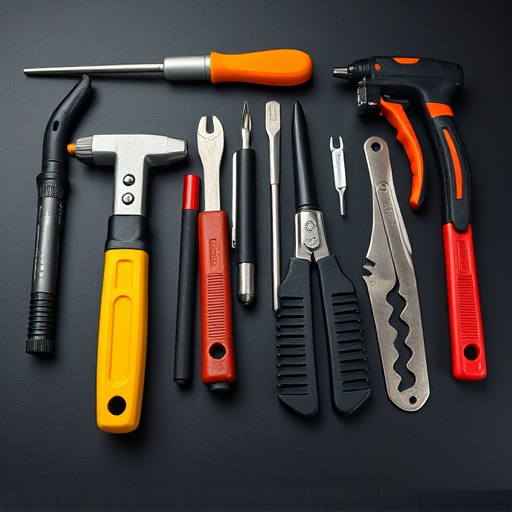
The initial step in any successful vehicle body repair process is a meticulous assessment of the damage. This involves thoroughly inspecting the affected areas to identify the extent and type of car damage repair needed. Skilled technicians use specialized tools and knowledge to evaluate dents, cracks, scratches, and other imperfections on the car’s surface and frame. Noting these details is crucial for planning an accurate and comprehensive vehicle body repair strategy.
Once the damage is assessed, a detailed plan is developed. This phase includes determining which parts require replacement, the order of repairs, and the necessary tools and materials. A well-thought-out plan ensures that the car bodywork process flows smoothly, minimizing downtime and maximizing efficiency in both vehicle repair and restoration efforts.
– Understanding the extent of the vehicle body damage
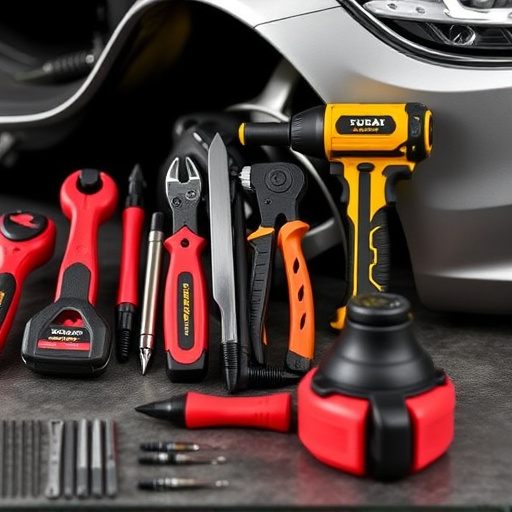
Before initiating any vehicle body repair process, it’s crucial to thoroughly understand the extent of damage incurred. This involves a meticulous inspection of the affected areas, noting every dent, scratch, or crevice that requires attention. By accurately assessing the damage, professionals can tailor their approach, ensuring every detail is considered during the repair. It’s not just about fixing visible scars; it encompasses structural integrity checks to guarantee safety and performance standards are met after the vehicle body repair is complete.
This initial step serves as a foundation for the entire restoration process, guiding the selection of appropriate techniques—be it simple paint touch-ups or complex car body restoration—and materials, from auto detailing supplies to high-quality car paint repair solutions. This comprehensive evaluation also helps set realistic expectations, ensuring the owner understands the time and resources needed to return their vehicle to its pre-incident condition.
– Creating a repair plan and estimating costs
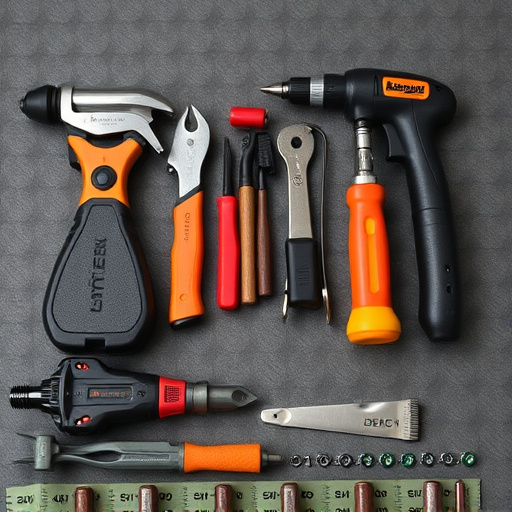
Before diving into the actual repair process, a comprehensive plan is essential. This step involves assessing the extent of damage to the vehicle’s body, which can range from minor dents and scratches to major structural issues. Skilled technicians at a collision repair shop or auto body shop will meticulously inspect every affected area, taking detailed notes to create an accurate blueprint for restoration.
Estimation of costs is a crucial part of this phase. The plan should include a breakdown of all necessary parts and labor, ensuring transparency in pricing. This allows car owners to understand the scope of work and make informed decisions. Effective cost estimation also ensures that the repair process stays on budget, providing peace of mind throughout the vehicle body repair journey.
Effective vehicle body repair involves a meticulous process that begins with assessing the damage and planning. By understanding the full extent of the issue, creating a detailed repair plan, and estimating associated costs, you can ensure a successful restoration. This structured approach not only guarantees high-quality results but also provides peace of mind for the vehicle owner. Remember, proper planning is key to achieving optimal outcomes in any vehicle body repair process.
